Apple MacOS X 10.7 Lion: need to know
Apple's desktop and laptop operating system may be ten years old, but there's still plenty to look forward to in the latest version, Lion, as Alan Lu finds out.
MacOS X, Apple's laptop and desktop operating system, may have been overshadowed recently by the much more popular iOS but it's still an important product for the company. Without it, iOS, which is based on MacOS X, wouldn't exist and it's one of the main points of difference between Macs and Windows PCs.
Lion is the eighth version of MacOS X and we were initially sceptical that it would have much appeal, even to existing Mac users. We're much more keen now that we've had a closer look at Lion.
So what's new in Lion?
Many of the most noticeable new features have been inspired by, or outright lifted from iOS. Owners of multitouch touchpad-equipped Macs will be able to take advantage of a wide array of multitouch gestures to control their computers. The Launchpad is a way of organising and launching applications and looks almost identical to an iOS homescreen.
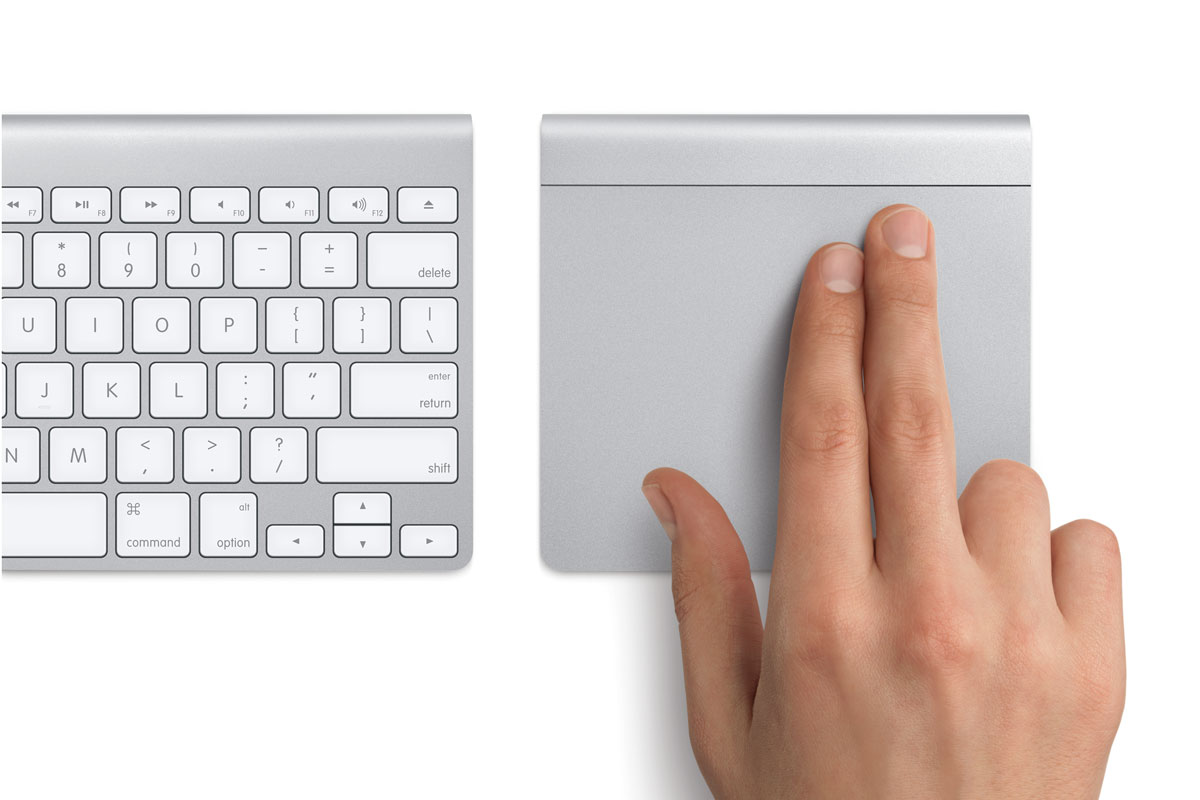
Lion will also have an API that developers can use to create full-screen apps. Apple claims that using full-screen apps can be much more efficient than having multiple apps on-screen at once. Users can switch between full-screen apps and other programs using existing keyboard shortcuts or a gesture. It's not clear how full-screen apps will work on dual-monitor systems though.
Is that it? I'm not interested in my Mac resembling a giant iPad.
Apple has also built in some intriguing new features and refinements which change the way we work with documents. Just as with iOS apps, if a Mac application crashes or you quit it and later restart it, it resumes from you left off with the same documents and window positions as before.
Sign up today and you will receive a free copy of our Future Focus 2025 report - the leading guidance on AI, cybersecurity and other IT challenges as per 700+ senior executives
Apps will now also autosave documents so you should never inadvertently lose any data. A menu command lets you revert to a previous version if you make a change you later regret or the file can be locked to prevent it from being auto saved at all if you prefer.
Speaking of versioning, Lion now automatically keeps track of older versions of all your files which can be browsed and restored using a Time Machine-style interface. For more selective restorations, text and images can be copied from older versions. If a file is emailed to someone, only the most recent version should be sent.
-
 Trump's AI executive order could leave US in a 'regulatory vacuum'
Trump's AI executive order could leave US in a 'regulatory vacuum'News Citing a "patchwork of 50 different regulatory regimes" and "ideological bias", President Trump wants rules to be set at a federal level
-
 TPUs: Google's home advantage
TPUs: Google's home advantageITPro Podcast How does TPU v7 stack up against Nvidia's latest chips – and can Google scale AI using only its own supply?
-
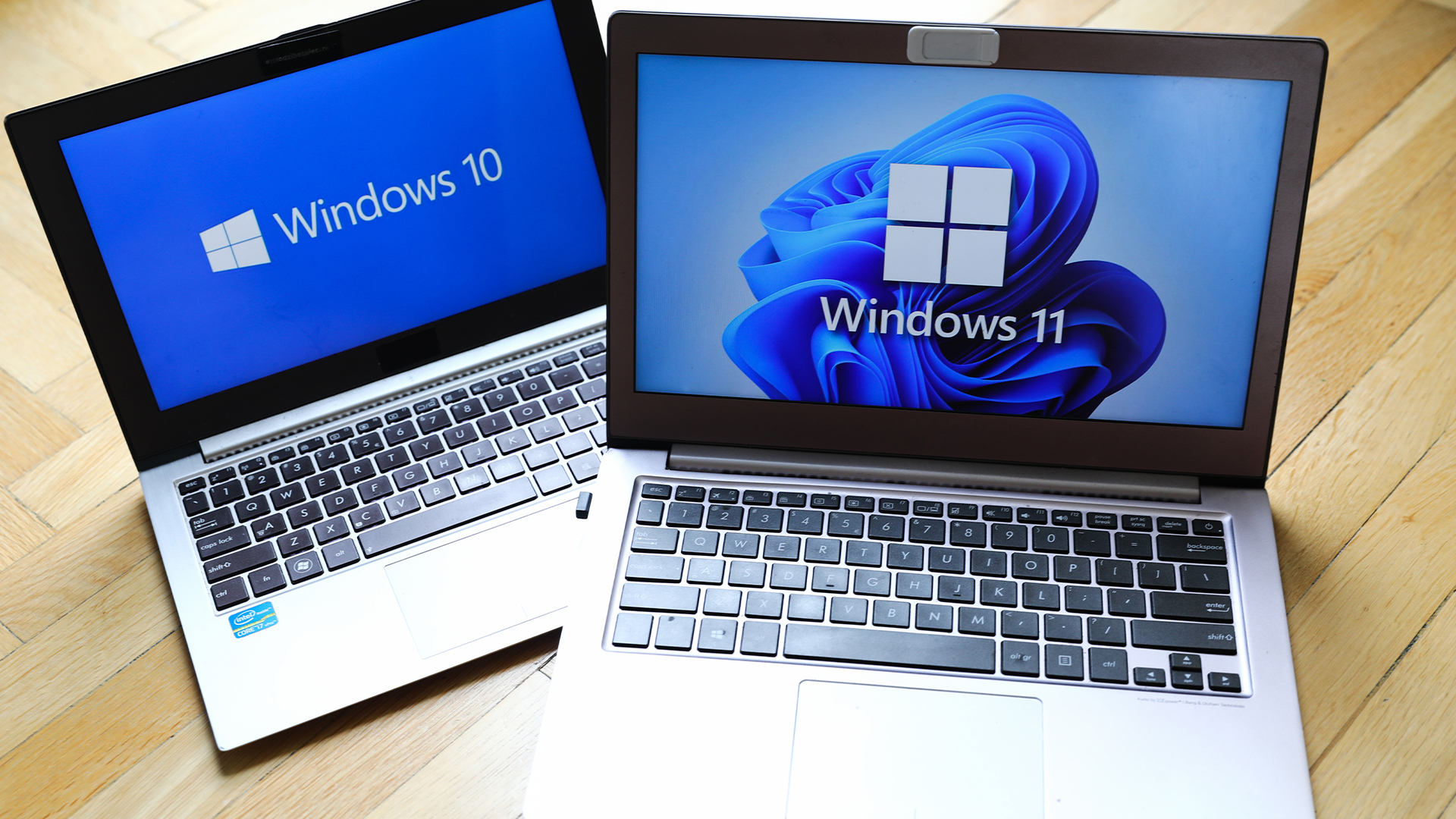 Windows 10 extended support costs could top $7 billion
Windows 10 extended support costs could top $7 billionNews Enterprises sticking with Windows 10 after the October deadline face huge costs
-
 Tiny11 review: Windows 11 with only 2GB of RAM
Tiny11 review: Windows 11 with only 2GB of RAMReview A version of Windows 11 for older machines that don't meet the full requirements
-
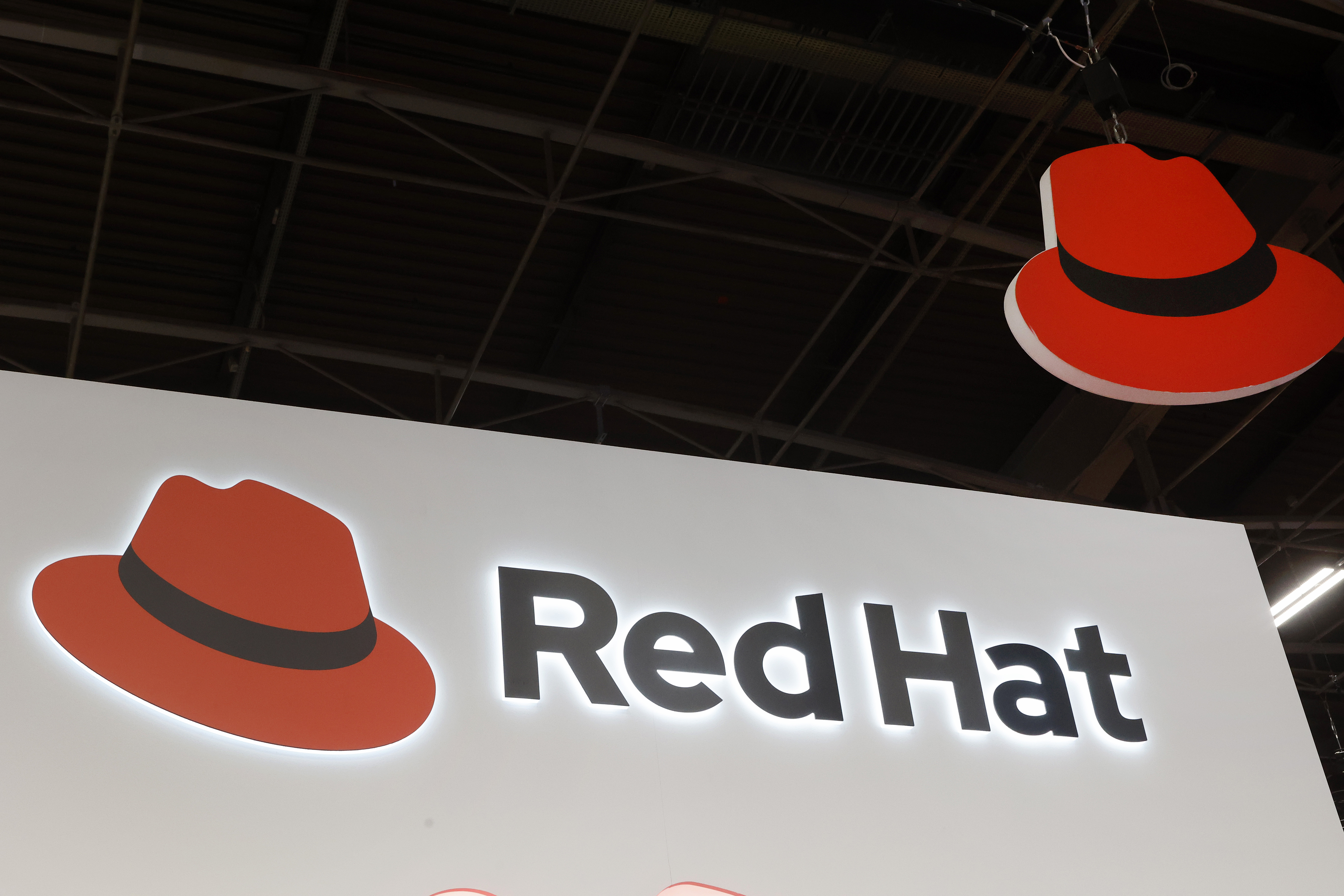 Red Hat Enterprise Linux becomes foundational operating system for Cohesity Data Cloud
Red Hat Enterprise Linux becomes foundational operating system for Cohesity Data CloudNews New strategic partnership between Red Hat and Cohesity aims to drive innovation in the data security and management space
-
 Ubuntu shifts to four-week update cycle
Ubuntu shifts to four-week update cycleNews Critical fixes will also come every two weeks, mitigating the issues involved with releasing prompt patches on the old three-week cadence
-
 AlmaLinux follows Oracle in ditching RHEL compatibility
AlmaLinux follows Oracle in ditching RHEL compatibilityNews Application binary compatibility is now the aim with 1:1 now dropped
-
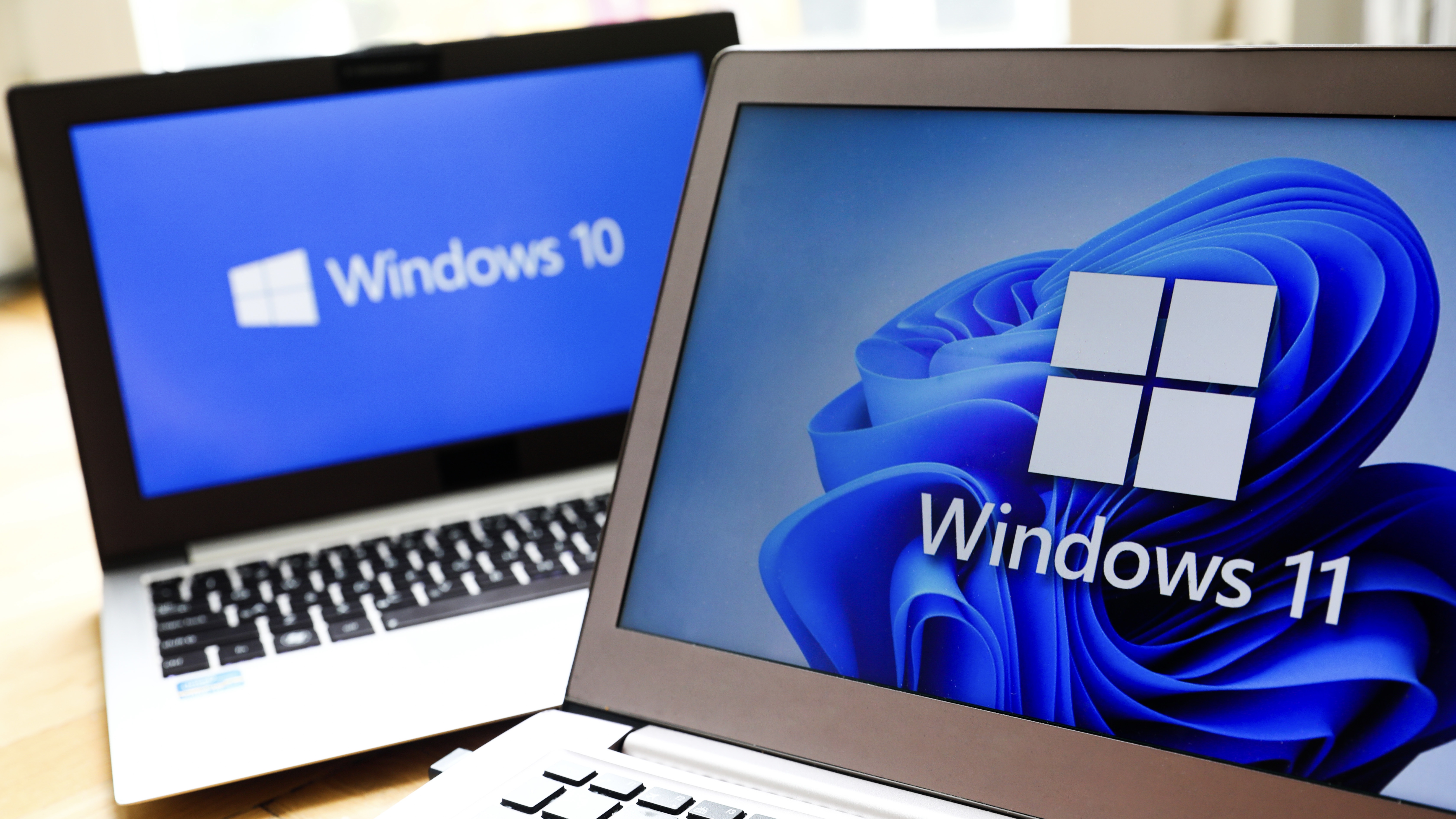 How big is the Windows 10 cliff-edge?
How big is the Windows 10 cliff-edge?ITPro Network With some comparing the upcoming Windows 10 end of life to Windows XP, we ask members of the ITPro Network for their insight
-
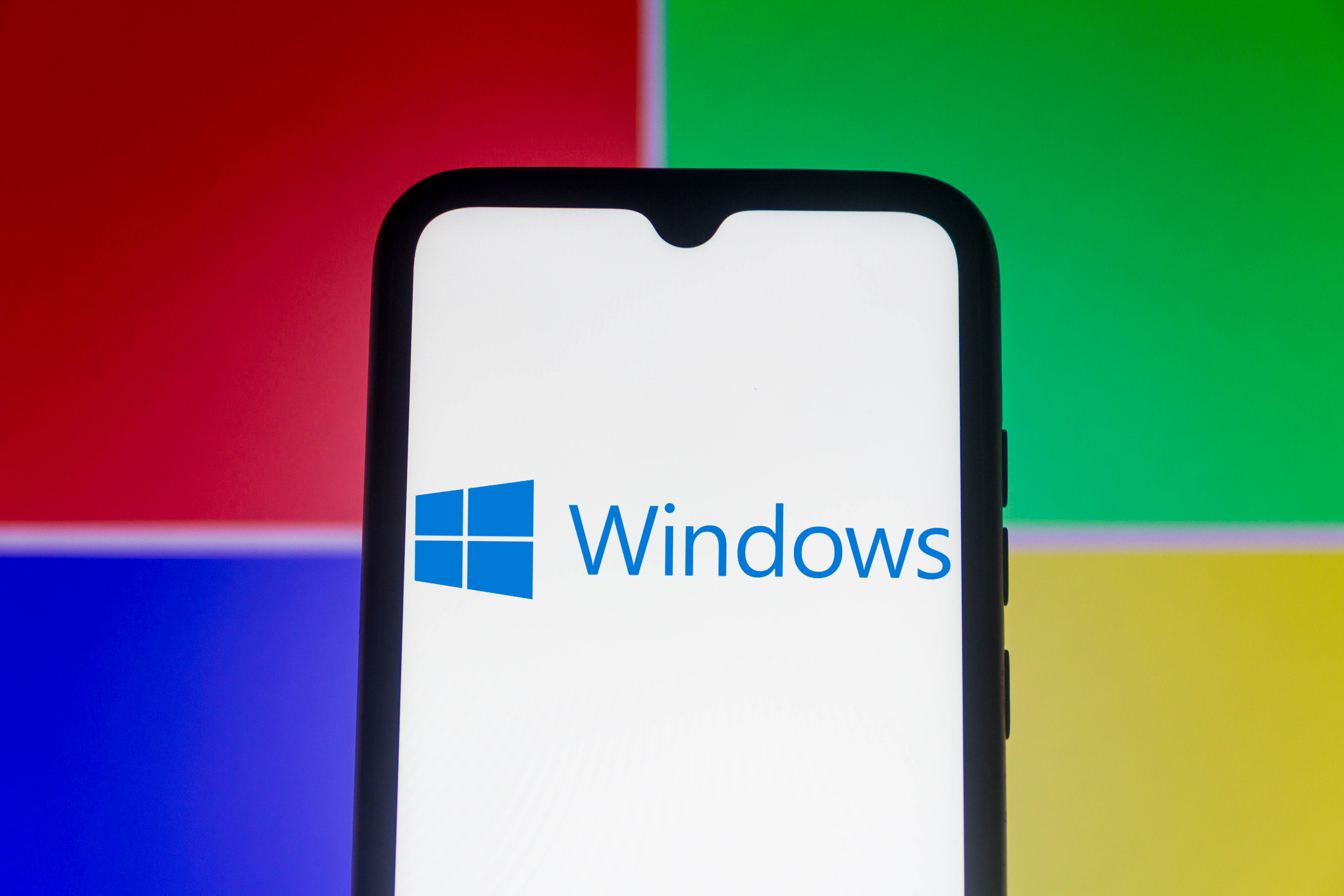 Everything you need to know about the latest Windows 11 updates - from bug fixes to brand-new features
Everything you need to know about the latest Windows 11 updates - from bug fixes to brand-new featuresNews Two new cumulative updates are on the way and will be installed automatically on Windows 10 and Windows 11 machines
-
 How to download a Windows 11 ISO file and perform a clean install
How to download a Windows 11 ISO file and perform a clean installTutorial Use a Windows 11 ISO to install the operating system afresh